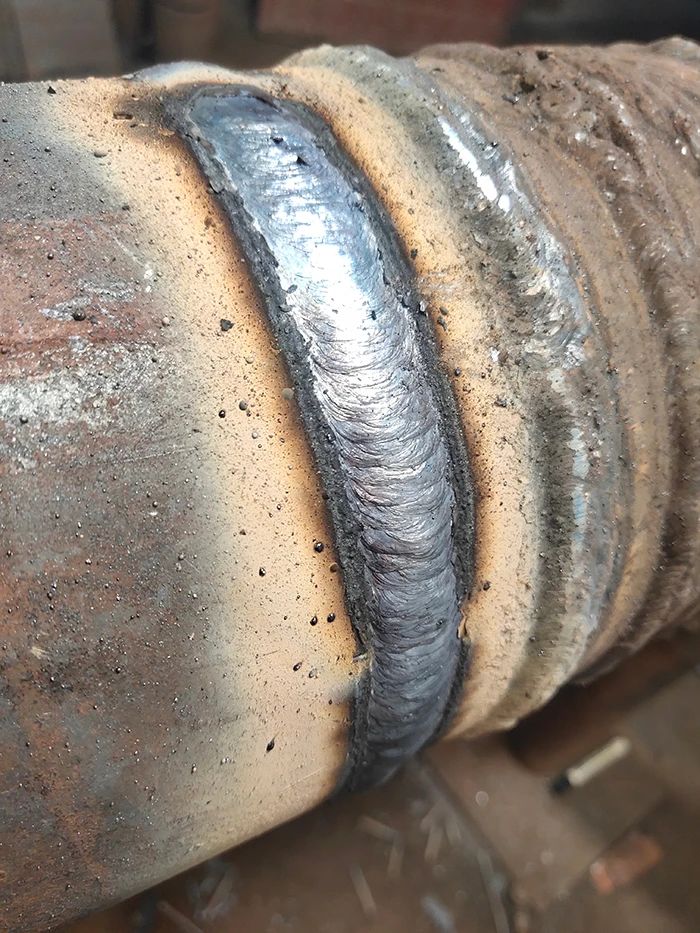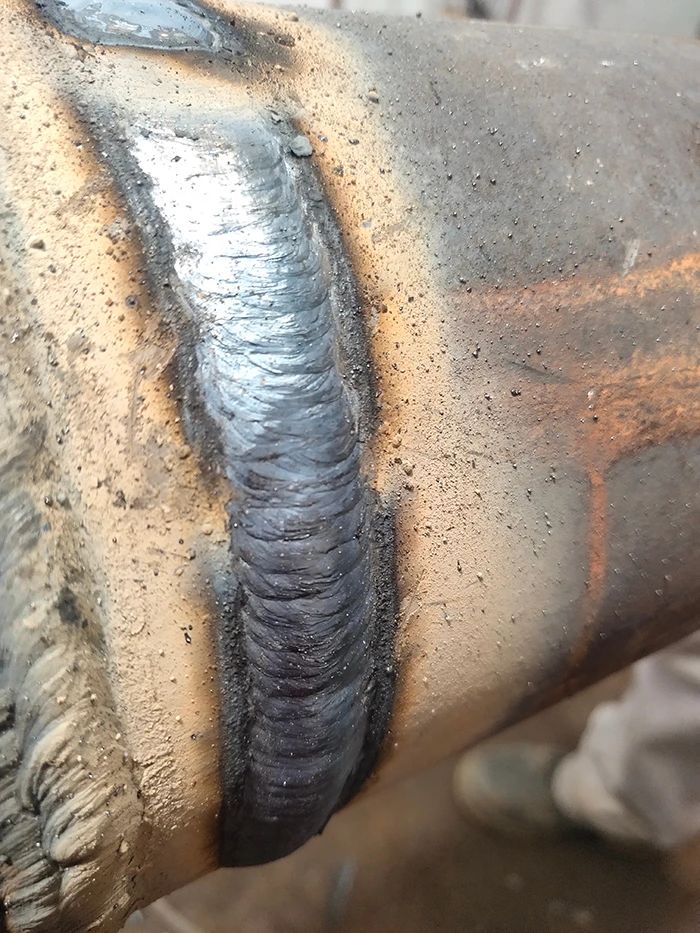Weld Reinforcement
 Aug 04, 2023|
Aug 04, 2023| View:191
View:191What is the best way to call the weld seam reinforcement?
The higher the weld seam reinforcement, the better?
Excess height is not only a requirement for welding processes, but also has a certain impact on the safe operation of containers, especially their fatigue life.
The welding of pressure vessels is mostly multi pass welding (such as manual welding or automatic welding), and the subsequent weld bead serves as insulation, slow cooling, and
tempering for the previous weld bead, refining the grain size of the previous weld bead.
Excess height is equivalent to providing insulation, slow cooling, and tempering for the outermost layer of strength weld bead, therefore it is necessary for the welding proce
After the joint is welded, the process function of the excess height is completed, and the presence of the excess height thereafter will have some adverse effects on the operational
safety of the container.
Two sets of test containers were once made. One set was welded and the excess height was polished off to make the weld seam flush and consistent with the surface of the base
material, which is called the removal of excess height group;
The other group without any treatment after welding is called the retained reinforcement group. These two sets of containers were subjected to pressure fatigue tests under the
same operating conditions to compare their fatigue lives.
The experimental results show that the container with the remaining height group fails first, and the average fatigue life of the two groups differs by 2.1 to 2.5 times.

China has conducted pressure fatigue tests on three-layer hot jacket simulation vessels. The inner diameter of the test vessel is 350mm, and each layer is made of 6mm thick 15MnVR
steel plate rolled and welded.
Due to the small inner diameter of the vessel, the weld surface was not treated after welding, and a section of the longitudinal weld on the inner surface was grinded because of the need
to measure the stress and stick the resistance Strain gauge.
After pressure fatigue testing, the container leaked. After dissecting and conducting magnetic particle testing, it was found that there were magnetic marks on the fusion line on one side of
the longitudinal weld seam on the inner and outer surfaces of the inner cylinder, indicating that the longitudinal weld seam on this layer had cracked through. However, the repaired area
was intact, and there was no accumulation of magnetic particles on both the inner and outer surfaces.
Fatigue failure generally undergoes three processes: nucleation (i.e. the generation of fatigue crack sources), propagation and fracture of fatigue cracks. There are inevitably certain defects
on the surface of the weld seam, such as undercuts, cracks, inclusions, incomplete welding, etc. These welding defects may become sources of fatigue cracks.
In addition, the presence of excess height disrupts the continuity of the geometric shape of the weld surface, causing additional bending moments due to sudden changes in appearance, resulting
in higher local stresses. These crack sources formed by welding defects will accelerate their propagation under local stress until fracture.
If residual height is removed by methods such as grinding after welding, it not only maintains the appearance of the weld seam consistent with the base material, eliminates the root cause of local
stress, but also eliminates various welding defects that may exist on the surface of the weld seam. Therefore, fatigue fracture may occur after a long nucleation and slow expansion process.
Due to the requirement that the presence of excess height will shorten the fatigue life of the container, both domestic and foreign standards stipulate that any container that requires fatigue analysis
and design should have the excess height removed to ensure that the surface of the weld is flush and consistent with the surface of the base material.






